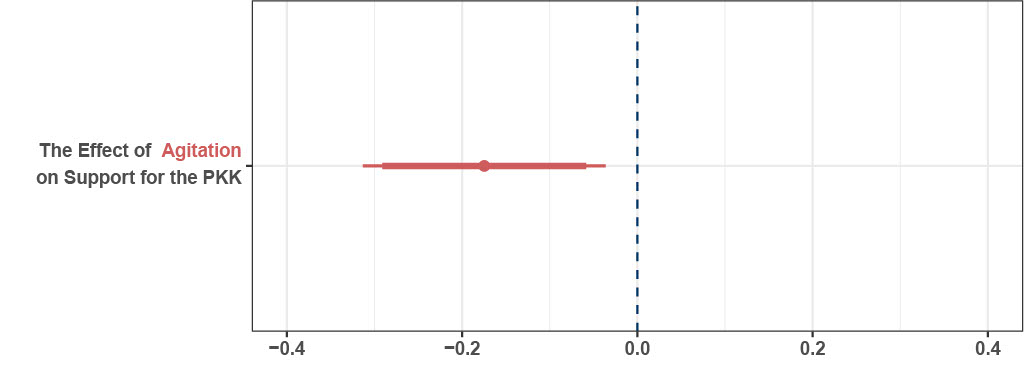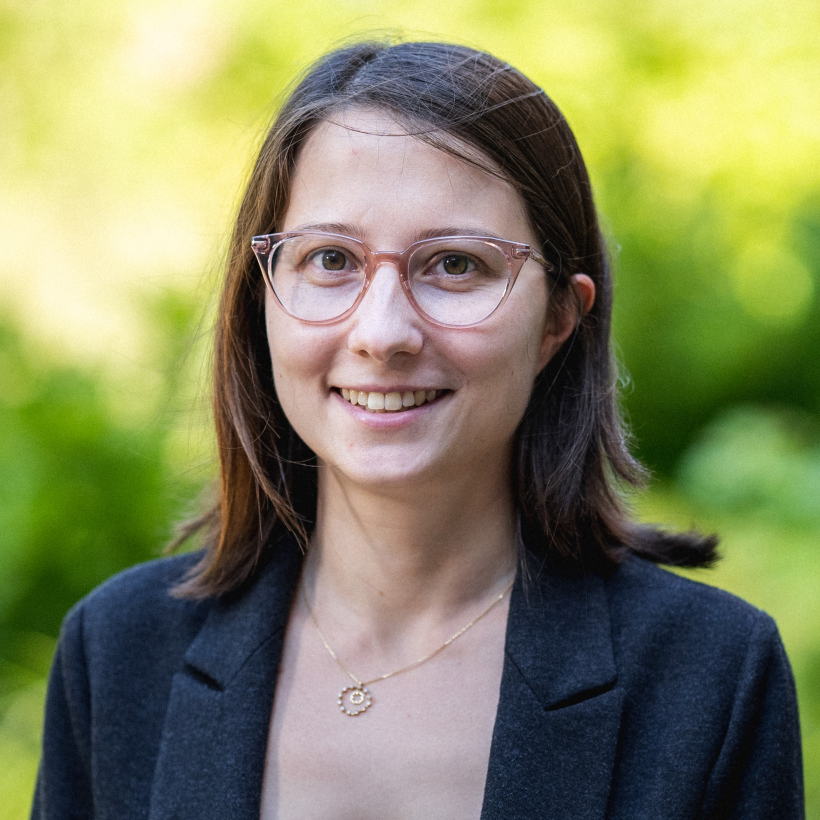State Oppression, Activist Propaganda, and Support for Militancy
Illegal militants and legal activists often co-exist within dissident movements. Why do the sympathizers of a movement support militancy given the existence of an activist organization affiliated with the movement? In this paper, I argue that activist agitative propaganda promoting peaceful means to mobilize supporters diminishes support for militancy. Activist organizations’ emotional messages promoting civil resistance and non-violent struggle, which I call agitative propaganda, can curb the support for the militants’ armed campaign.
To test this expectation, I conducted a list experiment using treatment videos in Southeast Turkey, where the militant group PKK and the activist political party HDP garner significant support. The survey sample is 1600 Kurdish residents in ages between 18-35. My research design presents sympathizer individuals with treatment videos that vary in the degrees of activist mobilizing propaganda.
High and low agitation videos are created using excerpts from Kurdish political party HDP’s imprisoned leader Selahattin Demirtas’s speech from 2018. Selahattin Demirtas is an important figure who has been vocal about the need to bring an end violence and death of both Kurdish fighters and Turkish servicemen. He garnered support from all ages of Kurdish people across the country as well as Turkish progressives, and was imprisoned at the height of his political career. The speech I use in the experiment was recorded while he was running for president soon after his imprisonment. It was aired on national TV and widely shared on social media. In the low agitation prompt, he highlights the importance of voting in the national elections. A short segment of the Control Video I used in my experiment is as follows:
Video 1: Control Video – Low Degrees of Agitation by the Activist Leader
The high agitation video starts the same as the low agitation video, but continues with references to state oppression, famous historical and more contemporary activist figures who were tortured, died in prison, or exile. The high agitation video encourages civil resistance and ends with Demirtas voicing a short poem saying oppression cannot stop a movement. A short segment of the Treatment Video I used in my experiment is as follows:
Video 2: Treatment Video – High Degrees of Agitation by the Activist Leader
After watching each of the randomly assigned treatment videos, I introduce a list experiment that measures responsents’ support for the militant group PKK. Figure 1 presents the results. Results suggest that watching the high activist agitation video significantly diminishes the support for the militant organization PKK.
Figure 1: The Effect of Agitation on the Support for PKK

Please refer to the full manuscript for further details on the measurement strategy and robustness checks, as well as the state oppression component of the survey.
